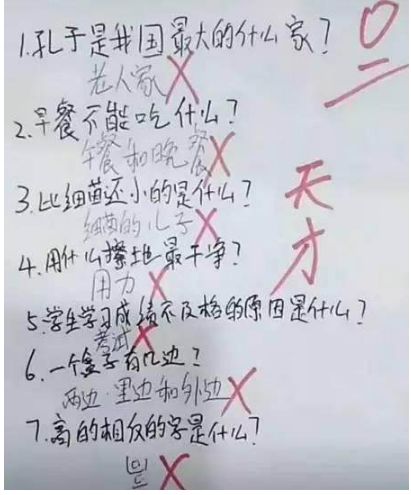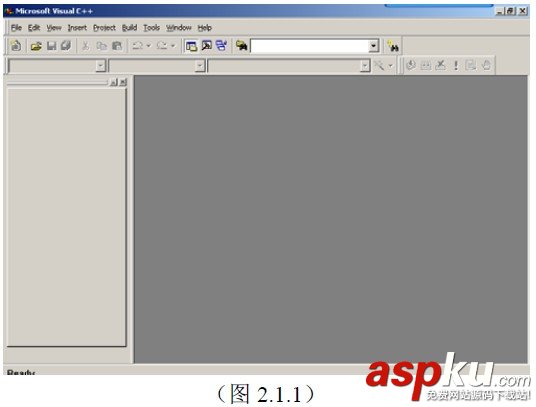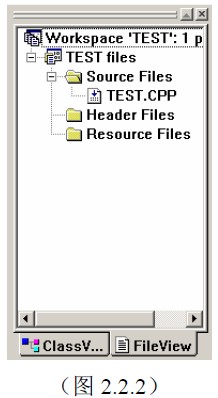1.構造函數、析構函數與拷貝構造函數介紹
構造函數
1.構造函數不能有返回值
2.缺省構造函數時,系統將自動調用該缺省構造函數初始化對象,缺省構造函數會將所有數據成員都初始化為零或空
3.創建一個對象時,系統自動調用構造函數
析構函數
1.析構函數沒有參數,也沒有返回值。不能重載,也就是說,一個類中只可能定義一個析構函數
2.如果一個類中沒有定義析構函數,系統也會自動生成一個默認的析構函數,為空函數,什么都不做
3.調用條件:1.在函數體內定義的對象,當函數執行結束時,該對象所在類的析構函數會被自動調用;2.用new運算符動態構建的對象,在使用delete運算符釋放它時。
拷貝構造函數
拷貝構造函數實際上也是構造函數,具有一般構造函數的所有特性,其名字也與所屬類名相同。拷貝構造函數中只有一個參數,這個參數是對某個同類對象的引用。它在三種情況下被調用:
1.用類的一個已知的對象去初始化該類的另一個對象時;
2.函數的形參是類的對象,調用函數進行形參和實參的結合時;
3.函數的返回值是類的對象,函數執行完返回調用者。
【代碼】
/*
version: 1.0
author: hellogiser
date: 2014/9/25
*/
#include "stdafx.h"
#include <iostream>
using namespace std;
class point
{
private:
int x, y;
public:
point(int xx = 0, int yy = 0)
{
x = xx;
y = yy;
cout << "Constructor" << endl;
}
point(const point &p)
{
x = p.x;
y = p.y;
cout << "Copy Constructor" << endl;
}
~point()
{
cout << "Destructor" << endl;
}
int get_x()
{
return x;
}
int get_y()
{
return y;
}
};
void f(point p)
{
// copy constructor
cout << p.get_x() << " " << p.get_y() << endl;
// destructor
}
point g()
{
point a(7, 33); //constructor
return a; // copy constructor temp object
}
void test()
{
point a(15, 22); // constructor
point b(a); //(1) copy constructor
cout << b.get_x() << " " << b.get_y() << endl; // 15 22
f(b);// (2) copy constructor
b = g(); // (3) copy constructor
cout << b.get_x() << " " << b.get_y() << endl; // 7 33
}
int main()
{
test();
return 0;
}
/*
Constructor
Copy Constructor
15 22
Copy Constructor
15 22
Destructor
Constructor
Copy Constructor
Destructor
Destructor
7 33
Destructor
Destructor
*/
2. 繼承關系中構造函數執行順序
(1)任何虛擬基類(virtual)的構造函數按照它們被繼承的順序構造;
(2)任何非虛擬基類(non-virtual)的構造函數按照它們被繼承的順序構造;
(3)任何成員對象(data member)的構造函數按照它們聲明的順序調用;
(4)類自己的構造函數(self)。
【代碼】
/*
version: 1.0
author: hellogiser
date: 2014/9/27
*/
#include "stdafx.h"
#include <iostream>
using namespace std;
class OBJ1
{
public:
OBJ1()
{
cout << "OBJ1/n";
}
};
class OBJ2
{
public:
OBJ2()
{
cout << "OBJ2/n";
}
};
class Base1
{
public:
Base1()
{
cout << "Base1/n";
}
};
class Base2
{
public:
Base2()
{
cout << "Base2/n";
}
};
class Base3
{
public:
Base3()
{
cout << "Base3/n";
}
};
class Base4
{
public:
Base4()
{
cout << "Base4/n";
}
};
class Derived : public Base1, virtual public Base2,
public Base3, virtual public Base4
{
public:
Derived() : Base4(), Base3(), Base2(),
Base1(), obj2(), obj1()
{
cout << "Derived./n";
}
protected:
OBJ1 obj1;
OBJ2 obj2;
};
void test()
{
Derived aa;
cout << "This is ok./n";
}
int main()
{
test();
return 0;
}
/*
Base2
Base4
Base1
Base3
OBJ1
OBJ2
Derived.
This is ok.
*/
【代碼2】
/*
version: 1.0
author: hellogiser
date: 2014/9/27
*/
#include "stdafx.h"
#include <iostream>
using namespace std;
class Base1
{
public:
Base1(int i)
{
cout << "Base1 " << i << endl;
}
};
class Base2
{
public:
Base2(int i)
{
cout << "Base2 " << i << endl;
}
};
class Base3
{
public:
Base3()
{
cout << "Base3 *" << endl;
}
};
class Derived : public Base2, public Base1, virtual public Base3
{
public:
Derived(int a, int b, int c, int d, int e)
: Base1(a), b2(d), b1(c), Base2(b)
{
m = e;
cout << "Derived./n";
}
protected:
Base1 b1;
Base2 b2;
Base3 b3;
int m;
};
void test()
{
Derived aa(1, 2, 3, 4, 5);
cout << "This is ok./n";
}
int main()
{
test();
return 0;
}
/*
Base3 *
Base2 2
Base1 1
Base1 3
Base2 4
Base3 *
Derived.
This is ok.
*/
分析:
(1) virtual
按照繼承順序:Base3
第一步:先繼承Base3,在初始化列表里找不到Base3(), 則調用Base3里的默認構造函數Base3(),打印"Base3 *"
(2)non-virtual
按照繼承順序:Base2,Base1
第二步:繼承Base2,在初始化列表中找Base2(b),調用Base2的構造函數Base2(2),打印"Base2 2"
第三步:繼承Base1,在初始化列表中找Base1(a),調用Base1的構造函數Base1(1),打印"Base1 1"
(3)data member
按照申明順序:b1,b2,b3
第四步:構造b1,在初始化列表中找b1(c),調用Base1的構造函數Base1(3),打印"Base1 3"
第五步:構造b2,在初始化列表中找b2(d),調用Base2的構造函數Base1(4),打印"Base2 4"
第六步:構造b3,在初始化列表中找不到b3(),調用Base3的構造函數Base3(),打印"Base3 *"
(4)self
第7步:執行自己的構造函數體,輸出"Derived."



















